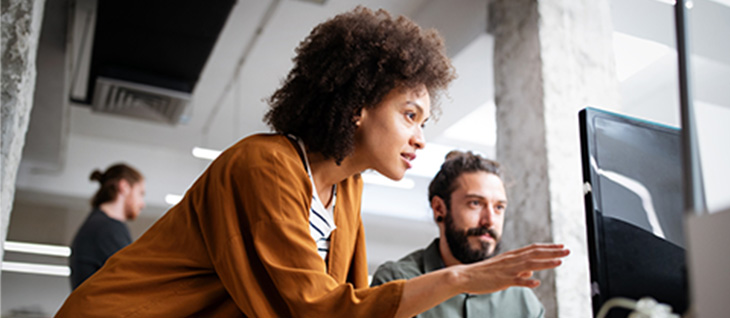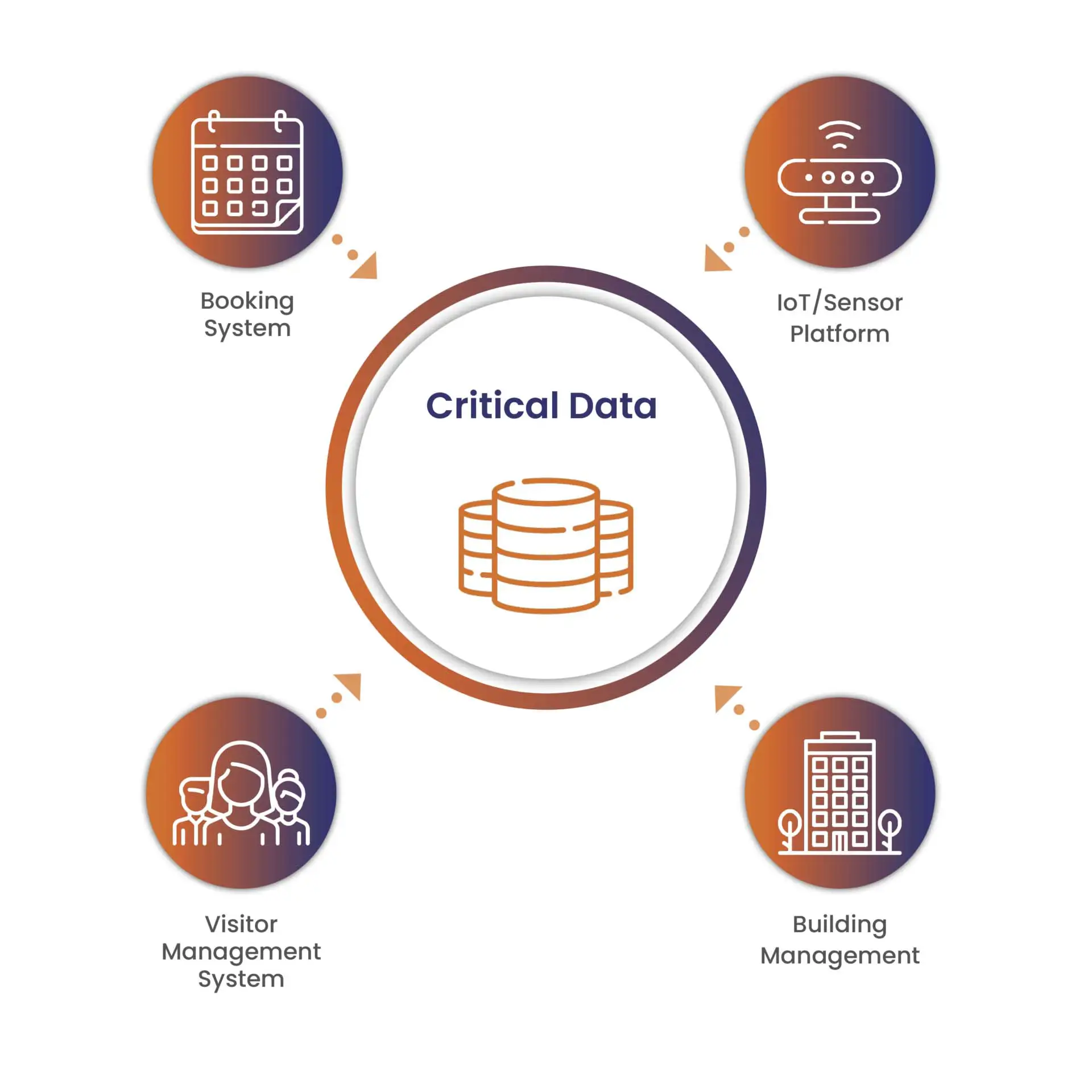Occupancy sensors—driving workplace transformation?
The world of work has changed significantly in the last 18 months. Workplace transformation has happened by accident as much as design. Whether these changes have been driven by a
Read more
The most progressive organizations worldwide are pioneering highly-diverse approaches to new working styles – but what’s the one thing they all have in common?
That’s right – it’s data. They have used real-time workplace info captured efficiently and analyzed thoroughly to take all the guesswork out of planning their route to the future.
One good example is HSBC, which plans to replace its executive offices in London with hot desks and meeting rooms. You can bet this collaborative and flexible approach is supported by a raft of useful data about occupancy and usage.
Creating connected data points is key to making good decisions on real estate, creating a working environment that promotes productivity, wellness and safety.
What are you up against?
The workplace is now wherever you want it to be. But the office still has a big role to play – as writer author Simon Sinek notes, building trust in teams is best achieved face to face.
So the office has become a hub for team-building, ideas and creativity, rather than somewhere just to sit. But this new workplace has its own set of challenges, including:
Making the most of space
As HSBC has shown, it’s not a good idea to have under-used executive offices when the space can be better used for hot desking and collaborative space. With more home working across the board, real estate budgets are going to be squeezed, so every square inch counts.
Getting planning right
Real estate leaders need to be able to take decisions which make economic sense while meeting the present and future needs of staff. No point building large meeting rooms if many are still meeting on Teams or Zoom.
Keeping staff happy and healthy
Go-ahead organizations have definitely realized that staff are their biggest assets. They need to respond well to what people want in their working environment, and also build confidence by demonstrating safe and healthy workspace practices such as desk sanitization and social distancing.
Managing visitors well
As organizations start to open their doors, they also need to have processes in place to keep visitors safe, flowing freely through reception and directed straight to their destination.
You want an environment where staff can book their meeting rooms and desks quickly on a mobile device, and where check in and out is efficient and touch free. This interaction with users is where you begin to capture the data you require.
How data drives improvement
There is no magic bullet for managing modern workplaces. You need several integrated technologies so you can combine their data and build a picture of what you need to do now and in the future for maximum operational efficiency.
The technologies include:
Sensor technology – To show you exactly how a space is being used. They also record occupancy levels of the whole building, so it’s simple to tackle issues such as social distancing.
Visitor management software – Captures data to ensure an efficient flow through the office and collect data for track and trace with automated health questionnaires.
Combining data from the visitor management system and meeting room software, you can see who has mixed if proactive health measures become necessary. You can also automatically limit visitor numbers on peak days to keep everyone safe.
Meeting room booking software – Manage your space well – see who is using it and how; if most are joining by VC, you might want to encourage them to join from home.
Hot desk booking software – Ensure none ever stand empty. You can also couple the hot desk booking software with mobile booking solutions and QR/RFID check in and check out.

Who’s working where and when?
Using data from the hot desk booking software, the sensor technology and meeting room booking software together, you can build up a complete picture of who is using what space when.
It’s also simple to compare current use with historical use so you can see how patterns are changing and respond.
More hot desks being used? Repurpose some unused meeting space. Fixed desks standing empty because people are on holiday? Repurpose them temporarily as hot desks – a process known as reverse hoteling.
Conclusion
In our working lives, we all need some face-to-face meetings and some quiet time alone to concentrate; that’s not going to change.
But real estate leaders who want to create a great working environment need data that shows who’s using which working mode, where, and when. And they also need to track how that changes.
The solution lies in connecting a variety of data set to reveal the complete picture, helping you make sensible decisions ranging from office consolidation to determining desk ratios.
The workplace will continue to change, there’s no doubt about that. But whatever transformations lie ahead, one thing will remain certain: get the data right, and great planning and efficiency will follow.